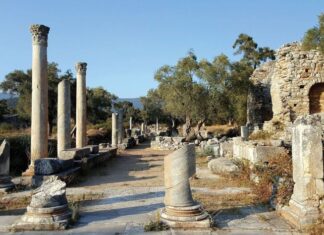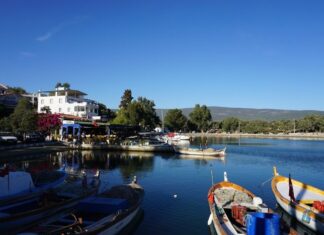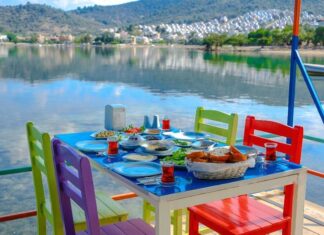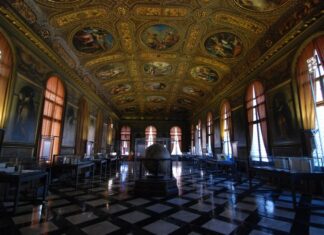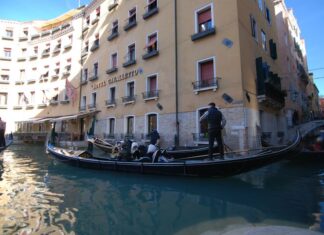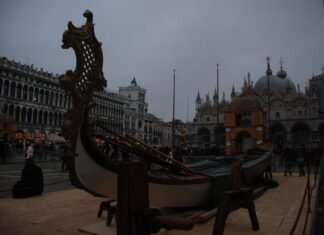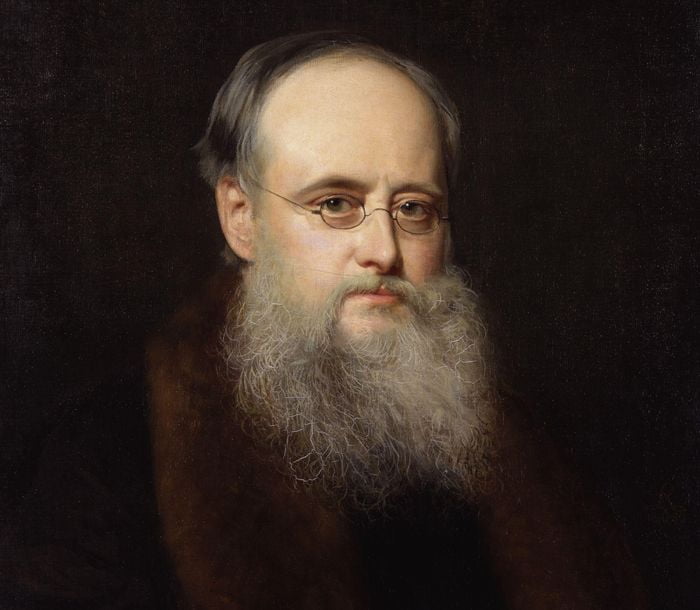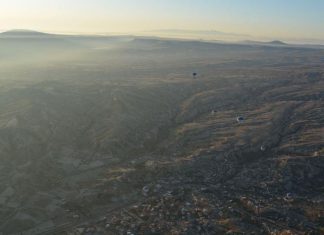Home Blog
The Bulgarian National Struggle in Macedonia
Evidence of Bulgarian Religious Life
During the time of Ottoman rule, the Bulgarian people in Macedonia gave clear proof of their national identity through religion....
Small Nations and Their Right to Freedom
Mr. Asquith’s View on Nationalities
According to Mr. Asquith, small nations should be valued and respected not only because of their size but because of...
Travel in Greece Comforts and Challenges
A Land for the Adventurous
Greece is not a country for those who expect luxury and comfort. The natural scenery is far more appealing than...
The Good News Reaches Miss Stone
Two days after the ransom was paid, Miss Ellen Stone received a letter from Dr. House. The letter was delivered by the brigands while...
Secrecy Demanded by the Brigands
The kidnappers, or brigands, made very specific demands before accepting the ransom. First, they insisted that the payment be made in gold coins, not...
The Kidnapping of Mme
Branzian and the Ransom Agreement
Mme. Branzian, a French woman, was kidnapped in the year 1896. The people who took her demanded a ransom of...
Protestant Missionaries in Bulgaria
The Work of Missionaries
Protestant missionaries from the United States have been active in Bulgaria ever since the country gained its independence. The missionary work...
Philippopolis a Historic and Vibrant City
A City Founded by Philip of Macedon
Philippopolis is the second-largest and second-most important city in Bulgaria. It has a long and exciting history. The...
Fruit and Agriculture in Bulgaria
Bountiful Fruits and Vegetables
Bulgaria is known for its plentiful fruits. In the valleys, there are many vineyards that produce excellent wine. The country grows...
Decorative Art of the Golden Gate
The outer entrance of the Golden Gate was not only a strong military structure but also a beautifully decorated monument. It reflected the artistic...



